Tahonas are cool and all, but nothing quite matches the drama of watching a man club a roasted piña to pulp in a canoa–a hollowed out tree trunk that resembles a canoe. The word makes complete sense because these vessels look so much like canoes that some might actually be seaworthy, or at least ready for a quick turn around your local lake. Canoas are commonly used in tabernas by raicilla producers, but can be found in other parts of Mexico as well.
So how does this work? A worker moves the cooling piñas from the oven to the canoa. He then swings a wooden club to crush the piñas into agave fiber. The canoa contains the agave fiber and captures the juice, which will then be fermented prior to distillation.
Note: Canoe is one of the few English words to have made the leap from Spanish. The Spaniards adopted the term from the indigenous Arawakan people of Haiti who, at least as far as Columbus recorded it, used the word “canaoua” to refer to hollowed out tree trunks used as sea going vessels.

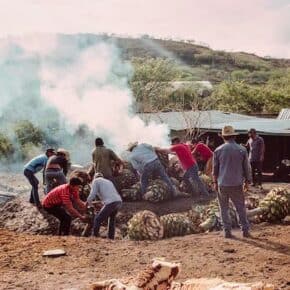
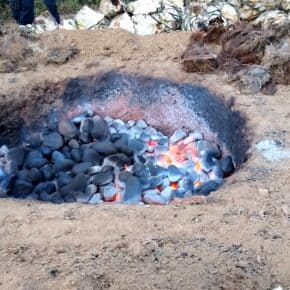
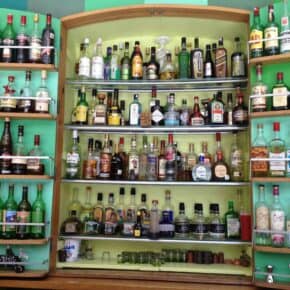
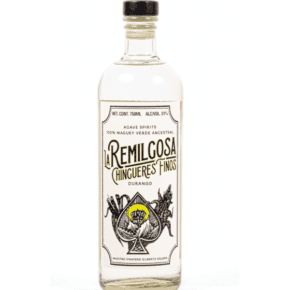
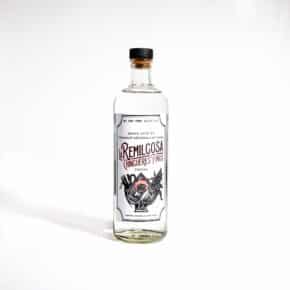
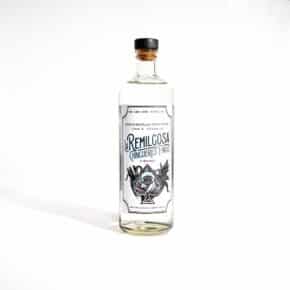





Leave a Comment